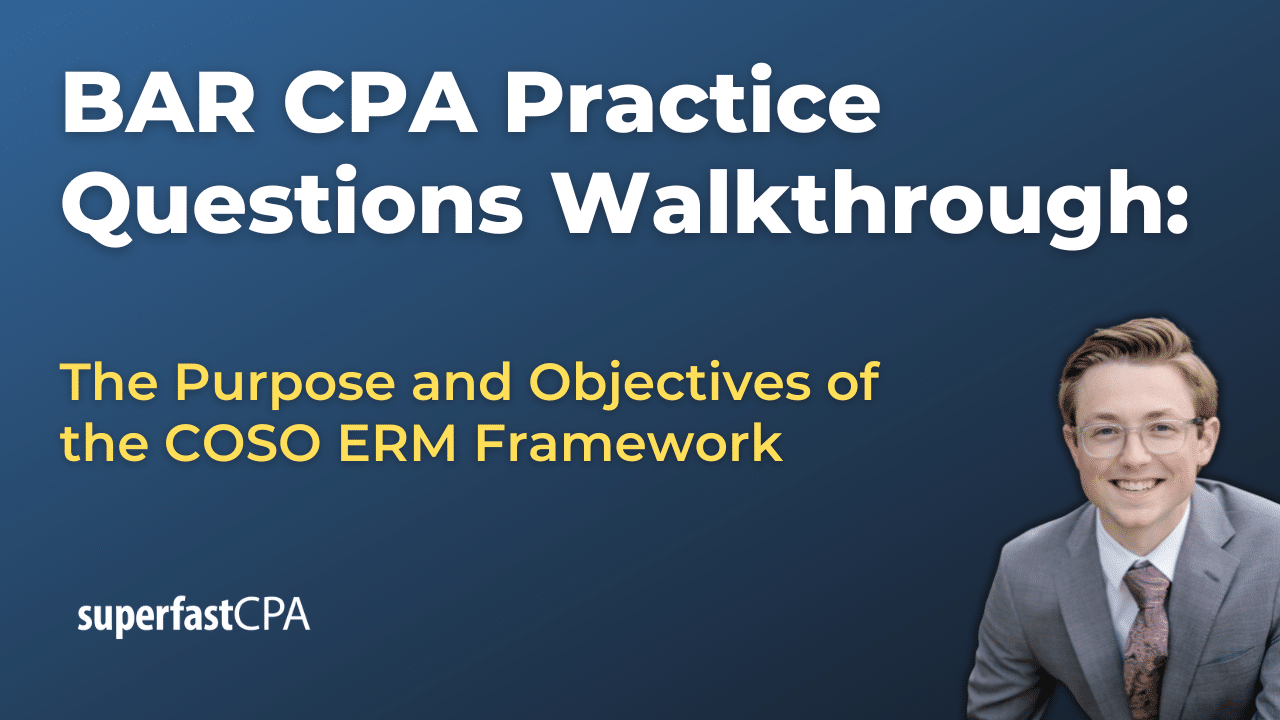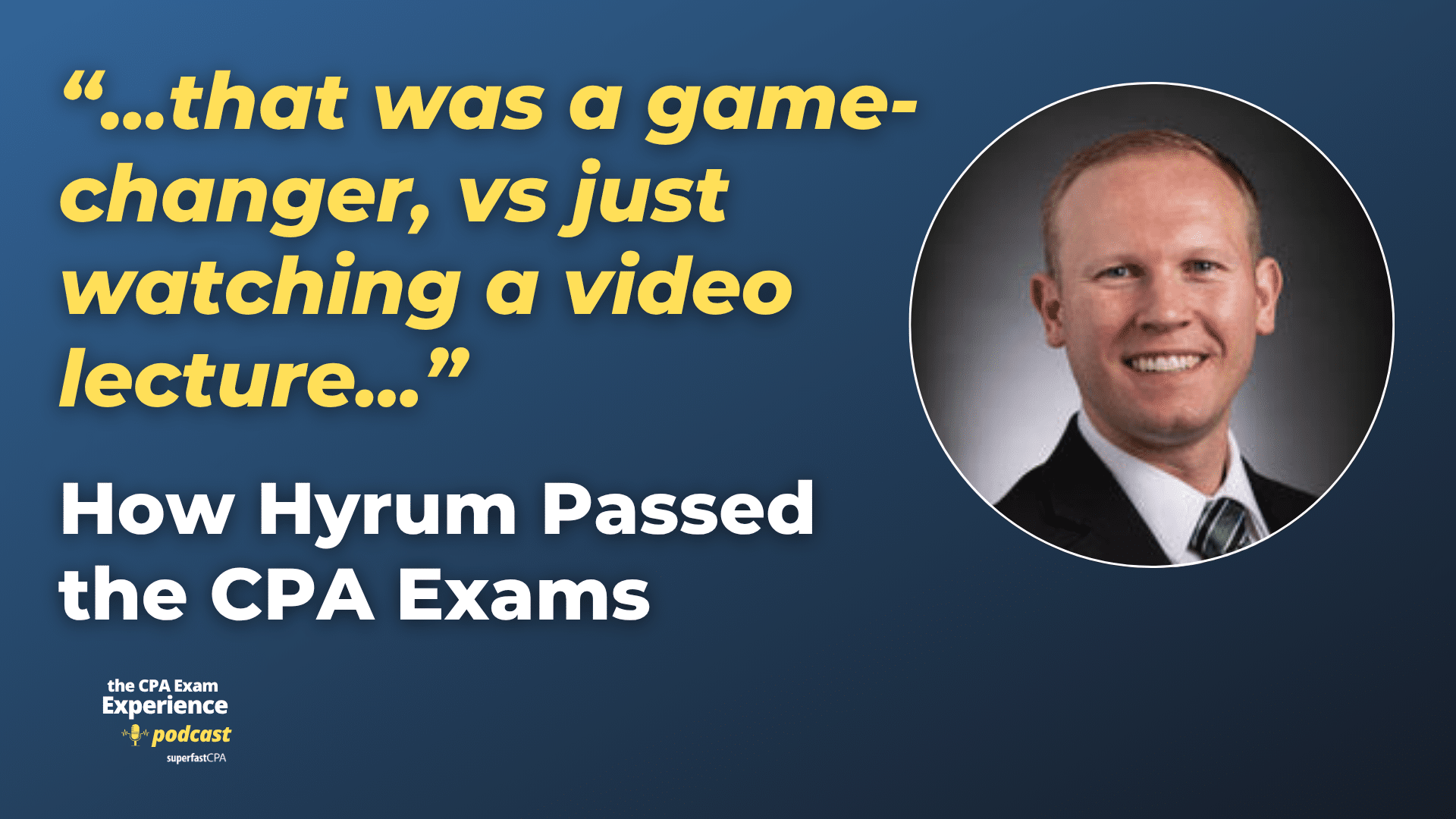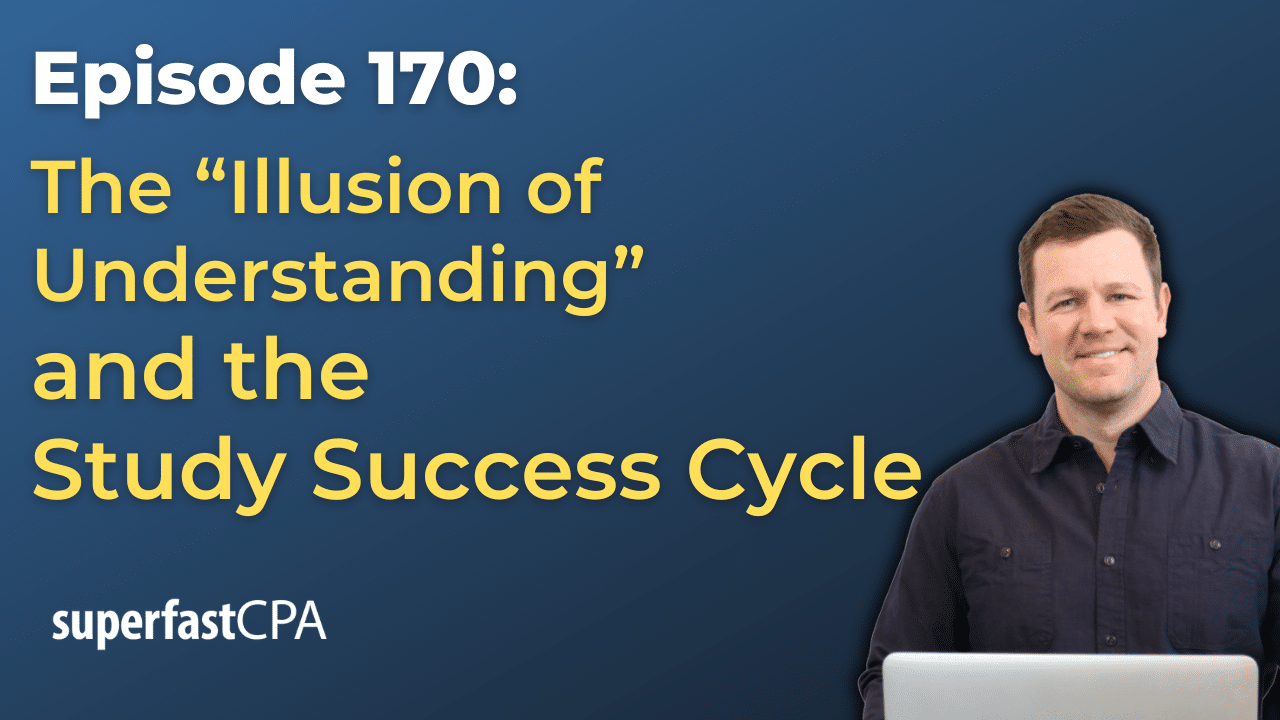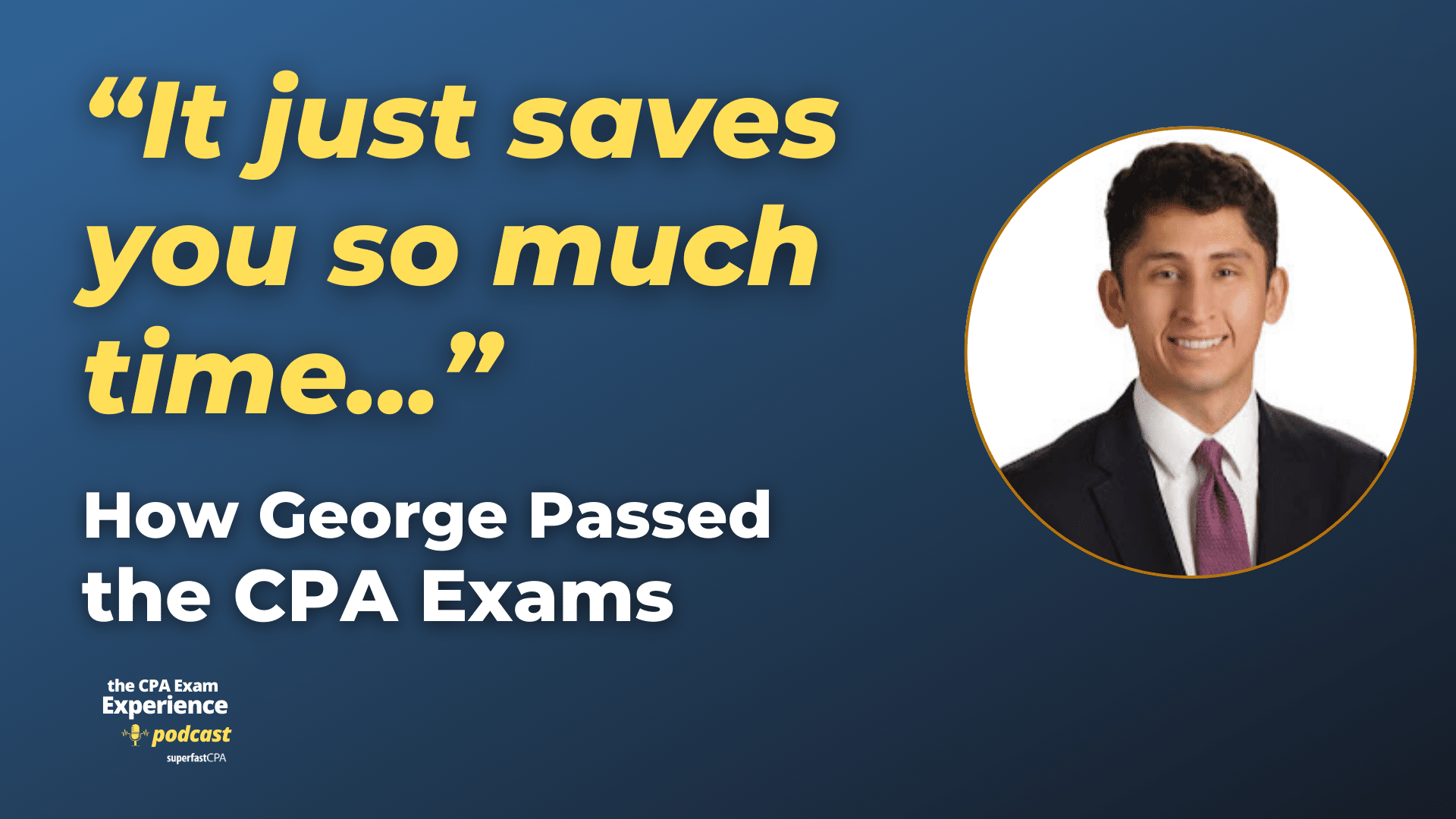In this video, we walk through 4 REG practice questions about calculating permanent differences on schedule M-3. These questions are from REG content area 5 on the AICPA CPA exam blueprints: Federal Taxation of Entities.
The best way to use this video is to pause each time we get to a new question in the video, and then make your own attempt at the question before watching us go through it.
Also be sure to watch one of our free webinars on the 6 “key ingredients” to an extremely effective & efficient CPA study process here…
How To Calculate Permanent Differences on Schedule M-3
Permanent differences are items that will never be reversed in the future. As such, they cause the company’s book income to be different from its taxable income permanently. On the U.S. tax return, Schedule M-3 is used by corporations to reconcile financial accounting income (book income) with taxable income. Here are the common permanent differences on the CPA exam, including examples for each, and a few other permanent differences:
Municipal Bond Interest (Tax-Exempt Interest)
Interest earned on municipal bonds is often exempt from federal income taxes. Municipal bonds are issued by state and local governments; the tax exemption is an incentive for investors to hold these bonds as a way to finance public projects. For corporations, this tax-exempt interest must be reported on financial statements according to accounting standards but should not be included in taxable income.
Example: If a corporation earns $35,000 from municipal bonds, this interest income is reported on its financial statements but excluded from taxable income because it is tax-exempt. The corporation would subtract this amount on Schedule M-3 when reconciling book income with taxable income.
Fines and Penalties
Fines and penalties paid to a government for the violation of any law are not deductible for federal income tax purposes. While these costs are legitimate and necessary expenses from a business perspective and reduce net income on the financial statements, they cannot be used to reduce taxable income.
Example: If a corporation is assessed a $25,000 fine for violating environmental regulations, this expense reduces book income but is not deductible for tax purposes. Thus, the fine would be added back to book income on Schedule M-3.
Life Insurance Premiums
When a corporation is both the owner and the beneficiary of a life insurance policy on its officers or employees, the premiums paid are not deductible for tax purposes. These premiums are an ordinary and necessary business expense and are recorded as such for financial reporting purposes, reducing book income. However, they must be added back to taxable income since they are not deductible.
Example: A corporation pays $60,000 in life insurance premiums for a policy on an executive where the corporation is the beneficiary. These premiums are an expense that reduces book income but they are not deductible for tax purposes. On Schedule M-3, these premiums would be added back to reconcile to taxable income.
Additional Permanent Differences:
Life Insurance Proceeds:
Example: Upon the death of an insured executive, a corporation receives $500,000 in life insurance proceeds. These proceeds are not included in taxable income, so they do not appear on Schedule M-3. However, they increase the book income and are a permanent difference because they will not be taxed in the future.
Nondeductible Expenses such as Lobbying Costs:
Example: A corporation incurs $15,000 in lobbying expenses. While these expenses reduce book income, they are not deductible for tax purposes and would be added back to book income on Schedule M-3.
Non-deductible portion of Meals and Entertainment:
Example: The Internal Revenue Code allows only a partial deduction for certain types of meals and entertainment expenses. If a corporation incurs $10,000 in entertainment expenses, and the non-deductible portion under current tax law is 50%, then $5,000 is a permanent difference that would be added back on Schedule M-3.
Each of these permanent differences requires specific adjustments on Schedule M-3 to reconcile the corporation’s book income to its taxable income. Permanent differences are crucial for understanding the discrepancies between financial statement reporting and tax reporting, affecting a corporation’s effective tax rate and timing of tax payments.













